Industrial Terni
The town of Terni, also called “Town of Steel” or “Italian Manchester” because of its industrial connotation which developed during the 19th century, is mostly known for its Steelworks, one of the giants of the Italian steel industry.
Steel and the factory noise play a very important role in this town’s history, profoundly marked by the great industrial boom which rose up after the Second World War.
Also symbolically highlighting this industrial vocation: the Obelisk by Arnaldo Pomodoro standing at the end of Corso del Popolo, the Hyperion by Agapito Miniucchi in Piazzale dell’Acciaio and the Great Press, a 12000 ton monument located opposite the railway station.
Not to be forgotten are the industrial archeological sites that today have been converted into museums or cinematographic and multimedia centres, such as the Arms Museum which stands on the site of the former Arms Factory, or the ‘CAOS - Centro Arti Opificio Siri' site, a cultural centre dedicated to art which includes the Archeological and Contemporary Art Museums, born from the reconversion of the former SIRI chemical factory.
THE STAGES OF THE ITINERARY
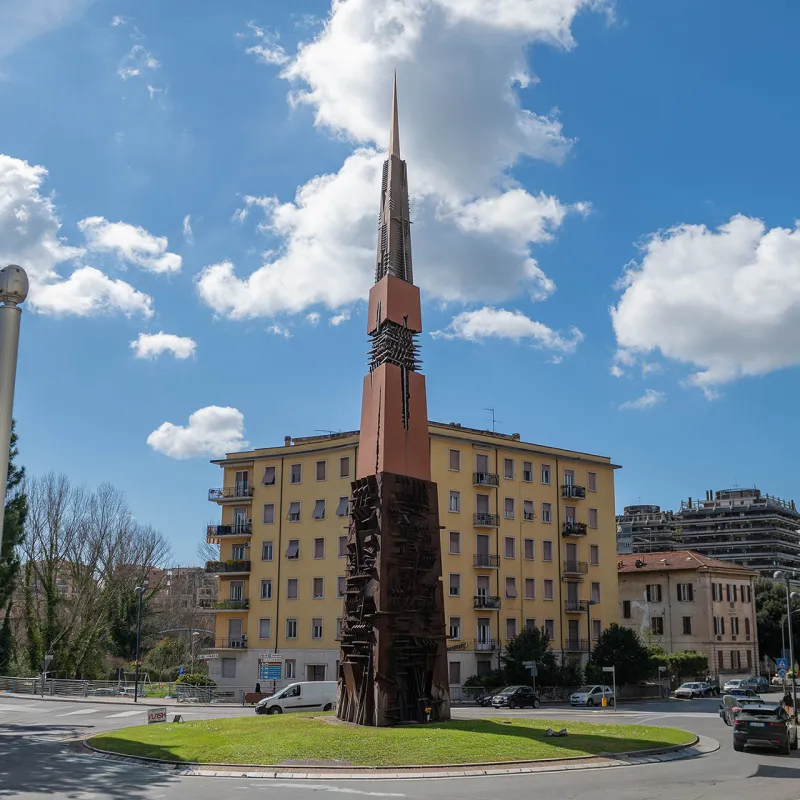
It is known to everyone as Arnaldo Pomodoro’s obelisk, but its real name is the “Lance of Light” (Lancia di Luce). It is a modern symbol of Terni and depicts the evolution of the art of foundry from the raw iron of the base to the tip which looks like gold.
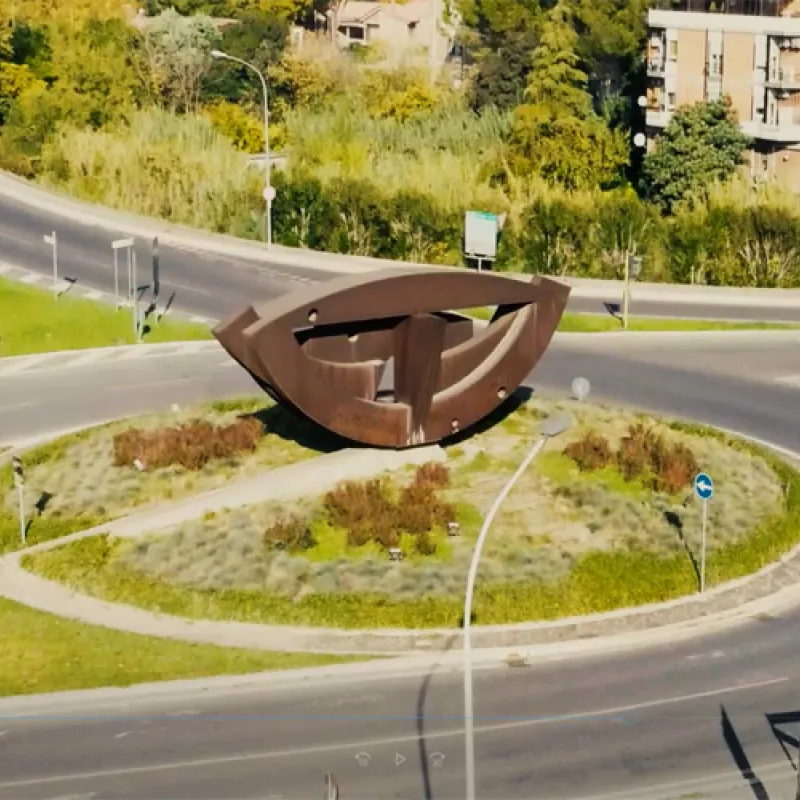
Only steel could be used for the sculpture that welcomes those entering Terni from the motorway ring road. A sculpture that the people of Terni immediately accepted, even if for some it represents a dove of peace.
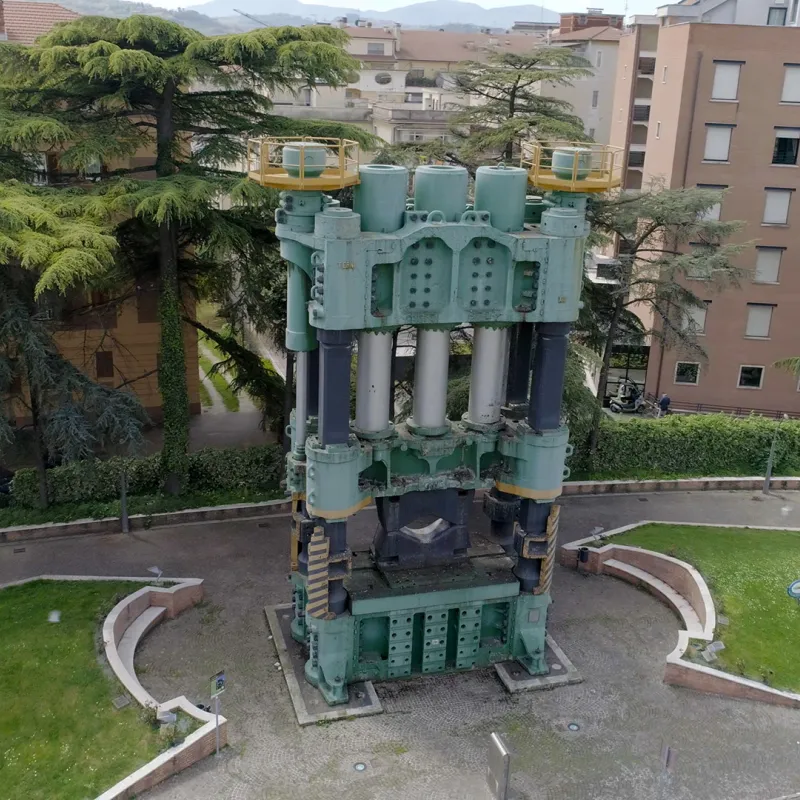
The 12.000-ton Press is a symbol of work, of technology, of the commitment of an entire city to its factory.
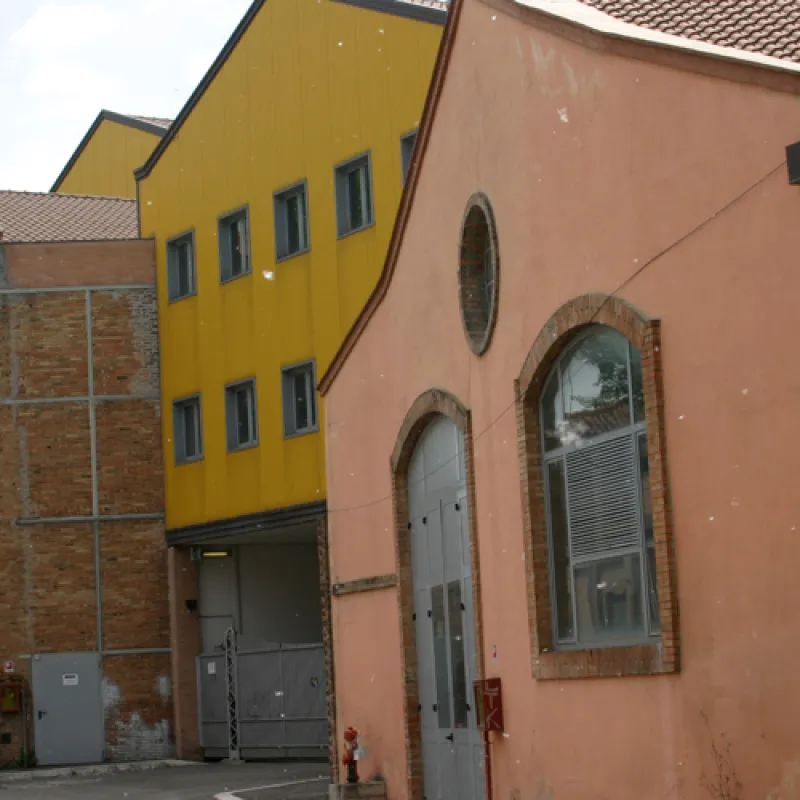
The restoration and reuse of the warehouses of a metalworking factory led to the construction of the Videocentre in Terni.
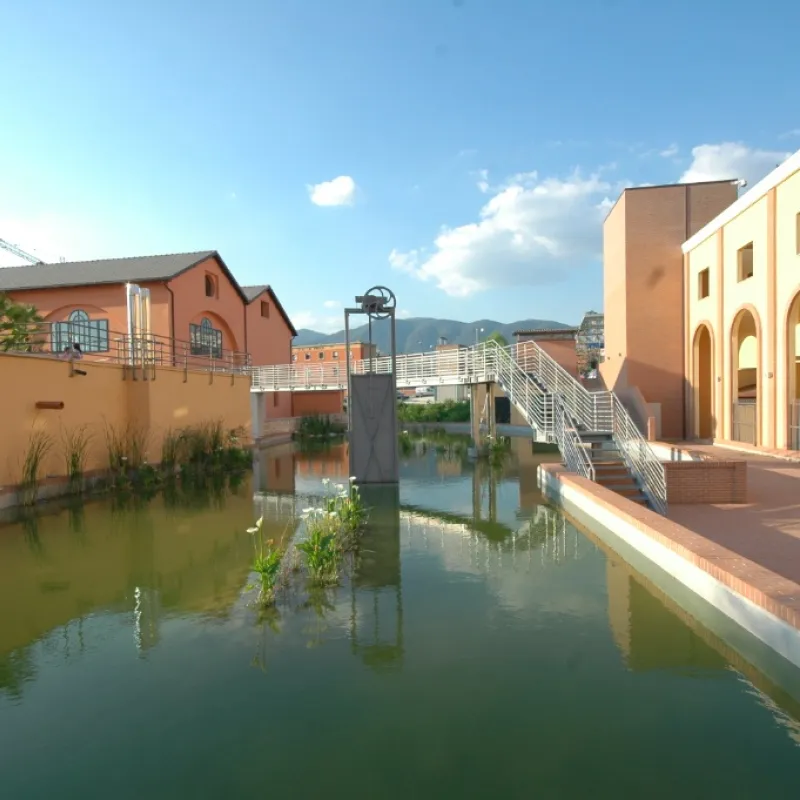
Since 1973 the space had hosted an industrial settlement, specifically a papal ironworks, the largest factory in Umbria at the time of national unification with an area of 12.000 square metres and a workforce of about 200.
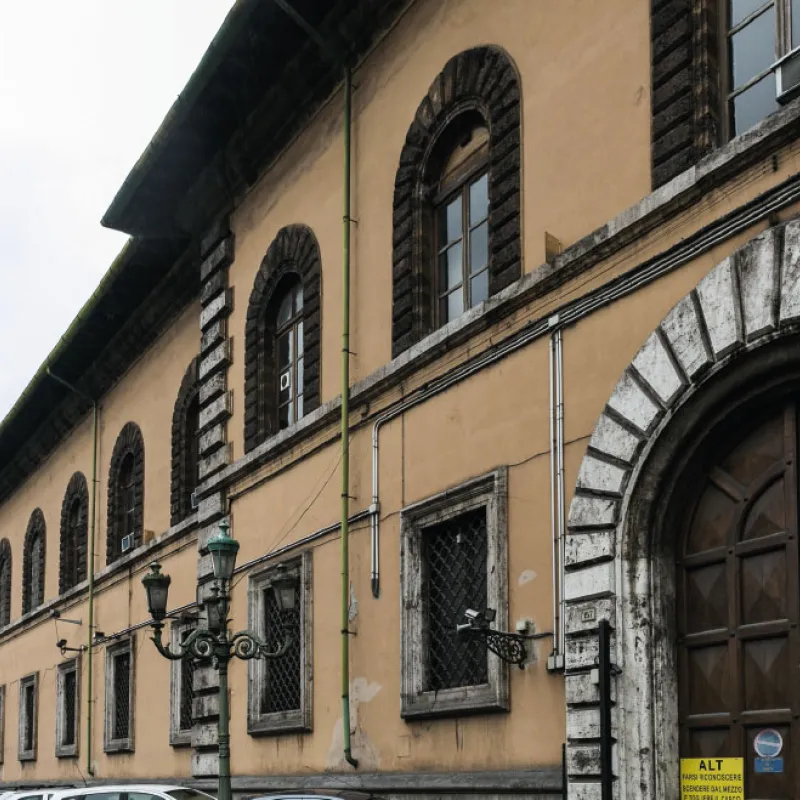
The Arms Factory was the first establishment that marked the beginning of industrialisation in the Terni basin. It began its activities in 1881 with the production of the 1870 Vetterli rifle.
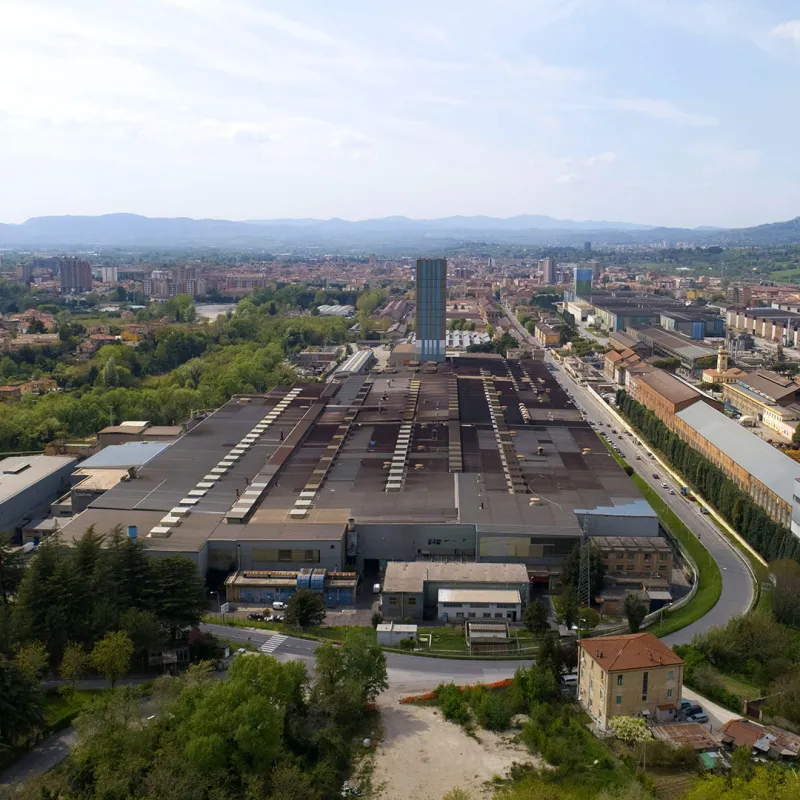
The Steelworks, built in 1884-87, was described at that time as "the most beautiful steel mill in the world”.